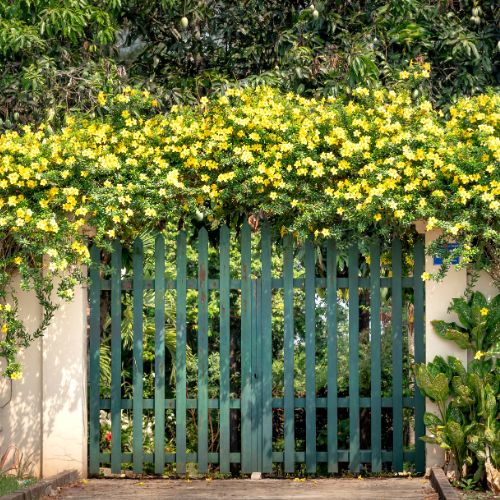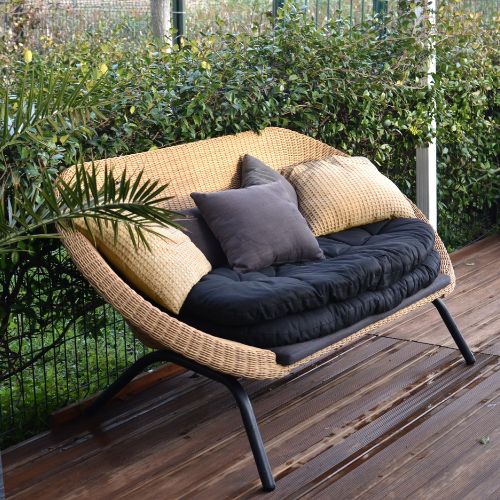Do You Keep The Lid On Or Off of a Chiminea? | Posh Living Magazine

Key Takeaways -
- Keep the lid off when the chiminea is lit to ensure proper ventilation and prevent overheating.
- The lid should be used during rain or snow and when not in use to protect the chiminea from water and debris.
- Properly cure a new clay chiminea by gradually increasing the size of small fires.
- Select seasoned hardwood logs as the best fuel for efficient and clean burning.
Proper chiminea maintenance is essential to keep it in good condition and ensure it works well. Using a chiminea correctly and taking care of it can prevent problems and make your outdoor space more enjoyable. One common question is whether to keep the lid on or off while using the chiminea.
We will cover the importance of chiminea maintenance, provide an overview of how to use and care for it, and explain the lid dilemma. Keep reading to learn how to use your chiminea safely and decide when to keep the lid on or off.
Proper care and usage will help your chiminea to last longer and perform better. So, let's learn whether you should keep the lid on or off of a chiminea and why it matters.
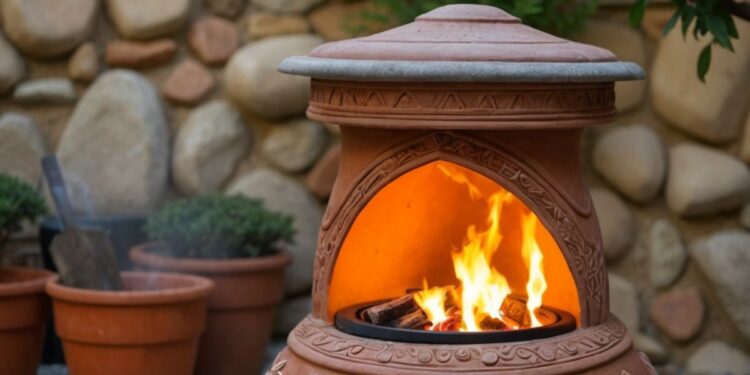
What is a Chiminea?
Definition and History
Chimineas are outdoor fireplaces traditionally made from clay. They are designed to burn wood efficiently and provide warmth. They originated in Mexico centuries ago, used for cooking and heating. The classic design features a wide, round body and a tall, narrow chimney on a flat surface.
Today, chimineas are popular worldwide, serving as both functional heating elements and decorative pieces in gardens and patios. Modern adaptations include various materials and styles to suit different aesthetic preferences and usage needs.
Types of Chimineas
There are several types of chimineas, each with its own unique characteristics and benefits:
- Clay Chiminea: Clay chimineas are known for their rustic appearance and excellent heat distribution. The clay surface requires careful handling to avoid cracks and should be cured before use to ensure longevity. Favoured for their aesthetic appeal and historical authenticity.
- Cast Iron Chiminea: Durable and can withstand higher temperatures. They are heavier and more stable, making them less prone to tipping over. These chimineas require regular maintenance to prevent rusting but offer a long lifespan and efficient heat output.
- Steel Chiminea: Lightweight and often feature modern designs. They heat up quickly and are resistant to cracking. However, they can rust if not properly maintained. Steel chimineas are versatile and available in various finishes, appealing to contemporary outdoor spaces.
Importance of Chiminea Lids
Function of the Chiminea Lid
The chiminea lid serves multiple purposes. It protects the chiminea from rain and debris, preventing water damage and keeping the fire bowl clean. The lid helps retain heat, making the chiminea more efficient during use.
Additionally, it adds a decorative element when the chiminea is not in use, enhancing its overall appearance. By preventing water and debris from entering the chiminea, the lid helps maintain its longevity and functionality (1).
Potential Issues with Using a Lid
While useful, the chiminea lid can cause problems if not used correctly. Keeping the lid on during a fire can lead to overheating, damaging the chiminea. It can also hinder smoke management, causing excessive smoke or difficulty in maintaining the fire.
The lid may cause the fire to struggle to burn properly or even go out. Therefore, it's crucial to remove the lid when the chiminea is lit to ensure proper ventilation and safe operation. So now let's answer the question: do you keep the lid on or off of a chiminea?
When to Keep the Lid On
During Rain or Snow
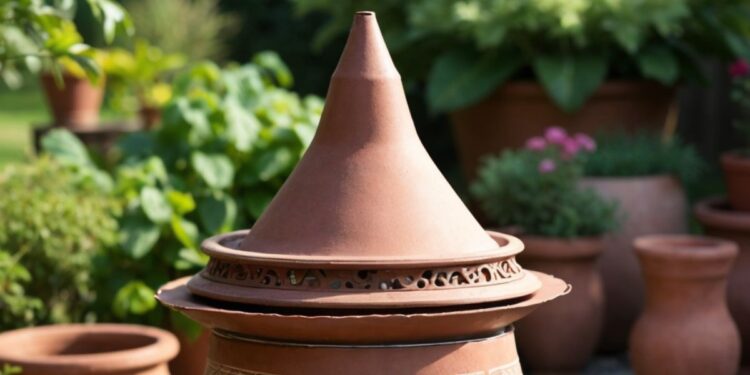
Using the chiminea lid during rain or snow is essential to prevent water damage. Water can cause rust in metal chimineas and cracks in clay ones. Keeping the lid on ensures the fire bowl remains dry, making it easier to ignite a fire the next time you use the chiminea.
When Not in Use
Keeping the lid on offers several benefits when the chiminea is not in use. It protects the chiminea from the elements, extending its lifespan by preventing exposure to moisture and harsh weather.
The lid also helps prevent debris accumulation, which can damage the chiminea over time. Consider using a waterproof cover to shield the chiminea completely for additional protection.
When to Keep the Lid Off
During Use
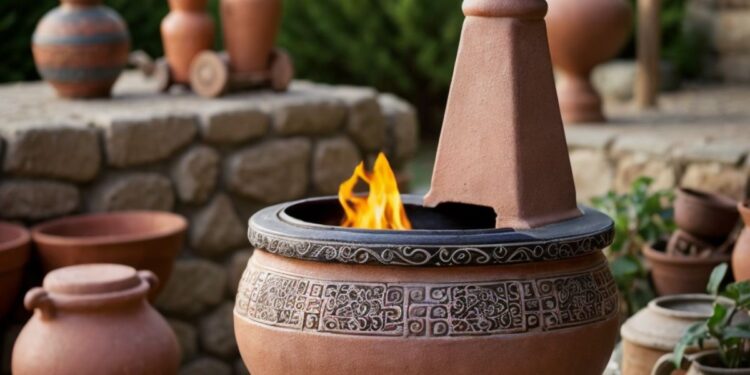
Do you leave the lid on a chiminea when it's burning? When the chiminea is in use, it is crucial to keep the lid off. This ensures proper ventilation, allowing air to flow freely and feed the fire. Removing the lid prevents overheating, which can damage the chiminea.
It also ensures the roaring fire burns properly by allowing smoke and hot gases to escape through the chimney. Without adequate ventilation, the fire may struggle to stay lit and produce excessive smoke, making it less enjoyable and potentially hazardous.
During Curing Process
Proper curing is essential for the longevity of a new chiminea, especially clay ones. Keeping the lid off during this process is important. Start by lighting a small fire to build up the heat for about an hour gradually. This helps the material adjust to the heat without cracking.
Repeat this process several times, gradually increasing the fire's size. Proper curing ensures the chiminea can withstand higher temperatures during regular use, preventing damage and extending its lifespan.
Frequently Asked Questions
How Do I Start Clay Chiminea Curing?
To start curing a clay chiminea, light small, low-heat fires inside it. Gradually increase the size of the fires over several uses to help the clay adapt to higher temperatures without cracking. Ensure each fire burns completely before starting the next one to allow the chiminea to cool down gradually.
Are Hardwood Logs the Best Fuel for a Chiminea?
Yes, hardwood logs are the best fuel for a chiminea. They burn longer and hotter than softwoods, providing more consistent heat. Additionally, hardwoods produce less creosote and sap, reducing the buildup of residue inside the chiminea.
How Do I Prevent Toxic Fumes From a Chiminea?
Only burn seasoned hardwood, charcoal, or chiminea-specific fuel to prevent toxic fumes from a chiminea. Avoid using treated wood, painted wood, or any materials containing chemicals. Proper ventilation and keeping the lid off during use also help ensure safe burning.
How Can I Make a Larger Fire in My Chiminea?
To make a larger fire in your chiminea, gradually add more fuel to an already established fire. Use small, dry kindling to build up the flame before adding larger logs. Ensure proper airflow by not overloading the fire bowl, allowing the fire to burn efficiently.
How Do I Care for My Chiminea in Freezing Temperatures?
In freezing temperatures, protect your chiminea by covering it with a waterproof cover when not in use. For clay chimineas, avoid using them in extremely cold weather to prevent cracking. Store the chiminea in a dry, sheltered area if possible, to minimise exposure to harsh weather conditions.
Conclusion

Proper maintenance and usage of your chiminea are crucial for its longevity and performance in providing warmth. Understanding when to use the lid and the different types of chimineas can prevent common issues and enhance your outdoor experience.
Always follow expert advice for curing, fuel selection, and seasonal care to keep your chiminea in excellent condition. With the right knowledge and practices, you can enjoy your chiminea's warmth and charm for many years to come.
Sources -





